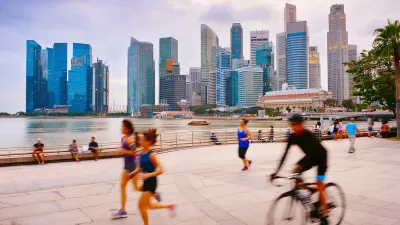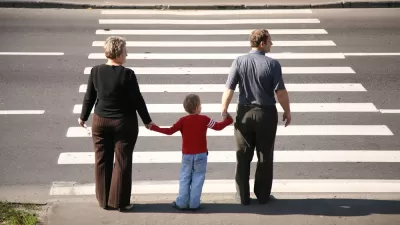Why is it that smallish cities in western Europe always score so well? Perhaps the underlying assumptions behind ostensibly data-driven "livability" rankings cater to a certain audience and leave most of us out.

Basing his critique on a recent livability ranking from Monocle, Feargus O'Sullivan argues that the way many media outlets approach "livability" among cities is highly suspect. "All are no doubt largely prosperous, high-functioning places," he writes. "But an overall feeling emerges from this cluster of familiar entries. These rankings provide less a universal assessment of livability—a word that comes with its own baggage—and more a snapshot of their compilers' tastes and worldview."
Zurich, for instance, which topped Monocle's list, "is a still-stratified society where high wages compensate for a degree of social stagnation, with migrants and Swiss from the wrong backgrounds enjoying good benefits and excellent tram links on the way to low-skilled jobs."
O'Sullivan also points to "a curious anti-urban slant" across many livability assessments that favorably pits cities of a few hundred thousand against megacities like Beijing or Bangkok. He writes, "it's hard not to wonder why these rankings tend to tap wealthy, smaller cities when larger, less wealthy ones may be making more radical, transformative improvements in life quality."
Though data-driven rankings may seem dispassionate, they still operate upon unstated assumptions. "They assess, broadly, how much potential a city possesses when seen from a privileged point of view: that of a straight, affluent, mobile, and probably white couple who works in something akin to upper management and has children. Remove even one of those characteristics from the equation and the results often seem way off the mark."
FULL STORY: Death to Livability!

Planetizen Federal Action Tracker
A weekly monitor of how Trump’s orders and actions are impacting planners and planning in America.

Chicago’s Ghost Rails
Just beneath the surface of the modern city lie the remnants of its expansive early 20th-century streetcar system.

San Antonio and Austin are Fusing Into one Massive Megaregion
The region spanning the two central Texas cities is growing fast, posing challenges for local infrastructure and water supplies.

Since Zion's Shuttles Went Electric “The Smog is Gone”
Visitors to Zion National Park can enjoy the canyon via the nation’s first fully electric park shuttle system.

Trump Distributing DOT Safety Funds at 1/10 Rate of Biden
Funds for Safe Streets and other transportation safety and equity programs are being held up by administrative reviews and conflicts with the Trump administration’s priorities.

German Cities Subsidize Taxis for Women Amid Wave of Violence
Free or low-cost taxi rides can help women navigate cities more safely, but critics say the programs don't address the root causes of violence against women.
Urban Design for Planners 1: Software Tools
This six-course series explores essential urban design concepts using open source software and equips planners with the tools they need to participate fully in the urban design process.
Planning for Universal Design
Learn the tools for implementing Universal Design in planning regulations.
planning NEXT
Appalachian Highlands Housing Partners
Mpact (founded as Rail~Volution)
City of Camden Redevelopment Agency
City of Astoria
City of Portland
City of Laramie





























